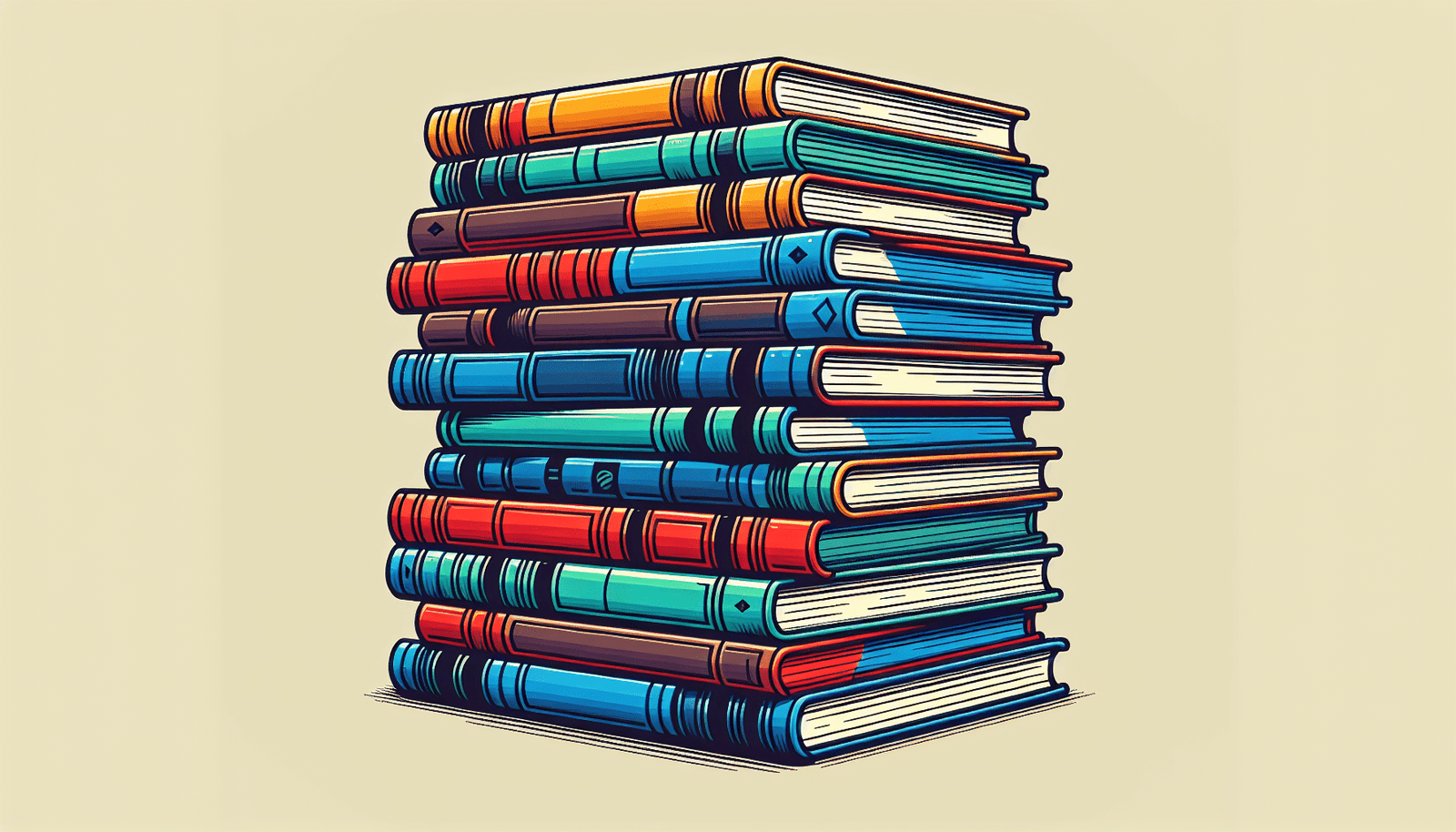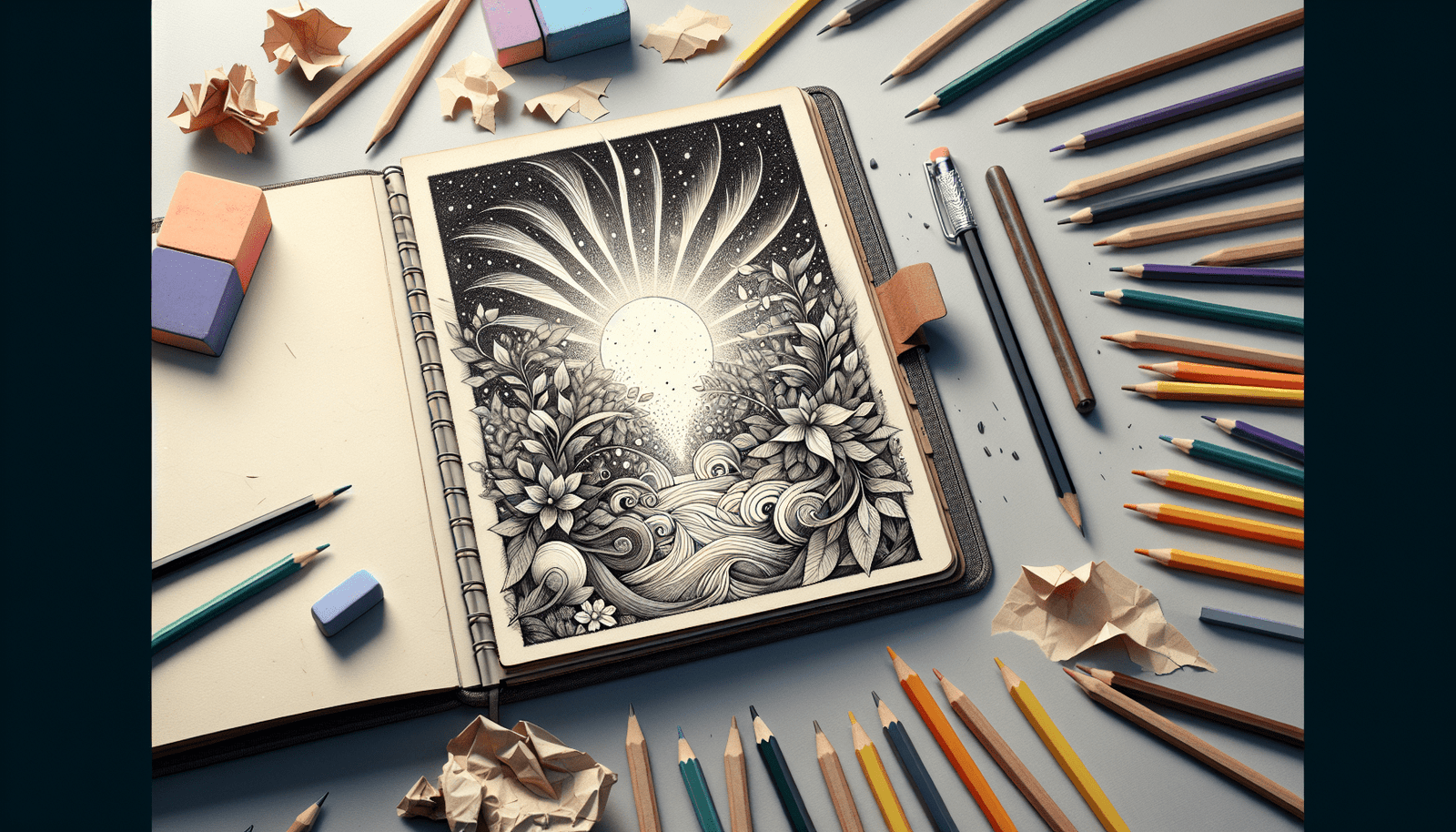Dive into the fascinating world of color psychology and discover how it has revolutionized book cover designs, turning ordinary books into irresistible bestsellers. You’ll explore how specific hues and shades are chosen to evoke emotions, capture attention, and ultimately boost sales. Whether it’s the calming blues that invite readers into a tale of introspection or the bold reds that promise thrilling adventures, every color on a book cover serves a strategic purpose. Transforming mere visuals into powerful marketing tools, color psychology is the secret weapon transforming the publishing industry.
Have you ever walked past a bookshelf and felt inexplicably drawn to a particular book? Maybe it was the vibrant red that caught your eye or the soothing blue that made you want to pick it up and take a closer look. Welcome to the fascinating world of color psychology and how it has revolutionized book cover designs to boost sales.
The Power of Color Psychology
Color psychology is the study of how different colors impact human behavior and emotions. This psychological framework has applications in various fields, including marketing, branding, and interior design. However, one area where color psychology is often overlooked is book cover design.
Why Color Matters in Book Design
Imagine walking into a bookstore. Your eyes scan hundreds, maybe thousands, of books. What makes you reach out for one and not the other? Often, it’s the color. Colors can evoke emotions, create moods, and set expectations. They can make you feel excited or calm, happy or melancholic. Understanding these aspects can make a significant difference in how likely someone is to pick up a book and, subsequently, buy it.
Emotions and Colors: The Psychological Link
Let’s break down some of the most common colors used in book cover designs and the emotions they typically evoke:
| Color | Common Emotions Evoked | Genres Most Suitable For |
|---|---|---|
| Red | Excitement, Passion, Anger | Thrillers, Romance |
| Blue | Calm, Trust, Serenity | Non-fiction, Science Fiction |
| Green | Growth, Harmony, Freshness | Nature, Self-help |
| Yellow | Optimism, Energy, Warmth | Children’s Books, Light-hearted Fiction |
| Black | Mystery, Elegance, Sophistication | Mystery, Drama |
| White | Purity, Simplicity, Innocence | Classics, Non-fiction |
How Color Influences Consumer Decisions
When you see a color, your brain immediately gives a psychological response. For example, red can grab attention and create a sense of urgency, which might be why it’s often used for clearance sales. On a book cover, red can indicate danger or passion, prompting you to pick it up if you’re in the mood for a thriller or a romance novel. Conversely, a blue cover can make you feel calm and collected, urging you toward self-help or non-fiction.
The First Impression
One of the best ways to make a strong first impression is through eye-catching colors. Bright, bold colors like red and yellow can grab your attention even from a distance, making it more likely that you’ll pick up the book. Less vibrant but equally impactful colors like blue and green can foster a sense of trust and reliability, making them perfect for genres that require a more thoughtful read, like self-help or non-fiction.
The Subtle Art of Color Balance
Too much of one color can overwhelm a viewer, so a balanced color scheme is crucial. Complementary colors can be used to make certain elements of the cover stand out. For example, a red title text on a green background can create a visually appealing contrast that draws attention to the title, making it more memorable.
The Psychological Strategy in Genre-Specific Designs
Understanding the genre plays a crucial role in choosing the right colors. Different genres have different emotional tones, and the color palette should align with those tones to create an authentic experience.
Romance
Romance novels often use shades of red and pink, colors that evoke passion, love, and warmth. Sub-genres like young adult romance might incorporate lighter shades, while more mature content might opt for deeper reds.
Mystery and Thriller
Dark colors like black, navy, and dark gray dominate these genres, punctuated by a stark contrast color like red or yellow to signify urgency or danger. This color scheme evokes feelings of intrigue and suspense, compelling you to dive into the storyline.
Science Fiction and Fantasy
These genres often use cool tones like blue and purple to evoke a sense of other-worldliness and imagination. Bright, metallic colors can also be used to signify futurism.
Real-world Examples of Successful Color Psychology Use
“The Hunger Games” by Suzanne Collins
“The Hunger Games” series by Suzanne Collins utilizes black covers with bold, contrasting elements in red and gold. The black evokes a sense of mystery and impending doom, while the red and gold give it a sense of urgency and importance, echoing the book’s themes of rebellion and survival.
“Harry Potter” Series by J.K. Rowling
The “Harry Potter” series uses a variety of colors but often includes shades of blue, green, and gold. These colors evoke a sense of magic and wonder, pulling you into the fantasy world that J.K. Rowling has created. The consistency in color schemes across the series also creates a recognizable brand, making it easier for readers to spot and collect all the books.
“The Subtle Art of Not Giving a F*ck” by Mark Manson
This book’s bright orange cover with bold black and white text immediately grabs your attention. Orange evokes feelings of energy and enthusiasm, perfectly aligning with the book’s unconventional, straightforward tone.
The Role of Cultural Differences
Color perception can vary based on cultural backgrounds, making it essential to consider the target audience’s cultural context. For instance, while white is associated with purity and innocence in Western cultures, it signifies mourning and loss in some Eastern cultures.
Western vs. Eastern Perceptions
In Western cultures, black is often associated with elegance or sophistication but also with mourning. In Eastern cultures such as in China, red is very auspicious and signifies good fortune, while white can signify death and mourning. Therefore, a book cover that uses red might be very appealing and signify good luck in China, but its impact might differ in a Western context.
Universal Colors
While cultural differences are crucial, some colors have nearly universal associations. Blue is generally seen as calming and trustworthy, while yellow is almost always perceived as energetic and positive. These universal colors can be strategically used to appeal to a broader audience.
The Science Behind Color Perception
Have you ever wondered why certain colors make you feel a particular way? The answer lies in how colors are processed by your brain. When light enters your eyes, it hits the retina, which has photoreceptor cells called cones. These cones are sensitive to different wavelengths of light and send signals to your brain, which then interprets these signals as color.
Neurological Responses
Different colors can stimulate different parts of the brain. While looking at red, your pituitary gland and adrenal glands are stimulated, resulting in increased heart rate and adrenaline release. This fight or flight response can make you feel excited or anxious, perfectly suited for a thriller novel.
Psychological Theories
Several psychological theories explain why we might react to colors in certain ways.
-
Color-in-context theory: This theory suggests that the environment and context in which a color is seen can influence its impact. For example, red in a romantic context (like Valentine’s Day) creates a very different emotional reaction compared to red in the context of a warning sign.
-
Ecological valence theory: This theory posits that our color preferences are deeply rooted in our environment and experiences. For example, people tend to prefer blue because it is commonly associated with positive environmental features like clear skies and clean water.
Case Studies: Transformation in Book Sales via Color Psychology
“Eat, Pray, Love” by Elizabeth Gilbert
“Eat, Pray, Love” uses a cover with a combination of warm tones — reds, oranges, and yellows — that evoke a sense of adventure and warmth. This aligns perfectly with the book’s theme of personal journey and transformation. The cover’s welcoming colors likely contributed to its widespread appeal and success.
“Gone Girl” by Gillian Flynn
The cover of “Gone Girl” uses a dark and ominous color scheme — black with stark white and splashes of red. This evocative color scheme perfectly embodies the thriller genre, helping the book stand out and become a bestseller.
The Future of Book Cover Design with Emerging Technologies
As we step into the future, emerging technologies like Artificial Intelligence (AI) and Augmented Reality (AR) are set to revolutionize the field of book cover design, bringing a new dimension to how color psychology is applied.
AI and Customization
With the help of AI, it’s now possible to create highly customized book cover designs tailored to individual reader preferences. AI algorithms can analyze a reader’s emotional response to different colors and design a cover that is most likely to appeal to them.
Augmented Reality
AR can take book cover designs to the next level. Imagine pointing your phone at a book cover and seeing it come to life with animations and additional information. Colors and animations can work together to evoke stronger emotions, making you more likely to purchase the book.
The Ethical Implications of Using Color Psychology
While color psychology is a powerful tool, it is crucial to use it ethically. Misusing these principles can lead to manipulation, where a consumer might feel deceived if the emotional expectations set by the colors on the cover do not match the content of the book. Therefore, it’s essential for designers to use color psychology to enhance the overall experience rather than to deceive the reader.
Authenticity Is Key
The colors should authentically represent the book’s content. For instance, using bright, cheerful colors for a book that deals with heavy, serious topics can create a dissonance, leading to reader dissatisfaction.
Transparency
Being transparent about the strategies employed can foster trust between the publisher and the reader. Authors and publishers can use back cover blurbs or author notes to explain why particular colors were chosen, creating a more engaging reader experience.
Final Thoughts
Colors are much more than a visual experience; they are powerful psychological tools that can influence our emotions and decisions, including the books we choose to read. As you continue your journey through the world of literature, pay attention to the colors on the covers. They are meticulously chosen to evoke specific emotions and create a strong first impression.
So the next time you find yourself irresistibly drawn to a book, you’ll know that it’s not just the story inside that has captured your interest but also the carefully crafted color psychology of its cover. Happy reading!



